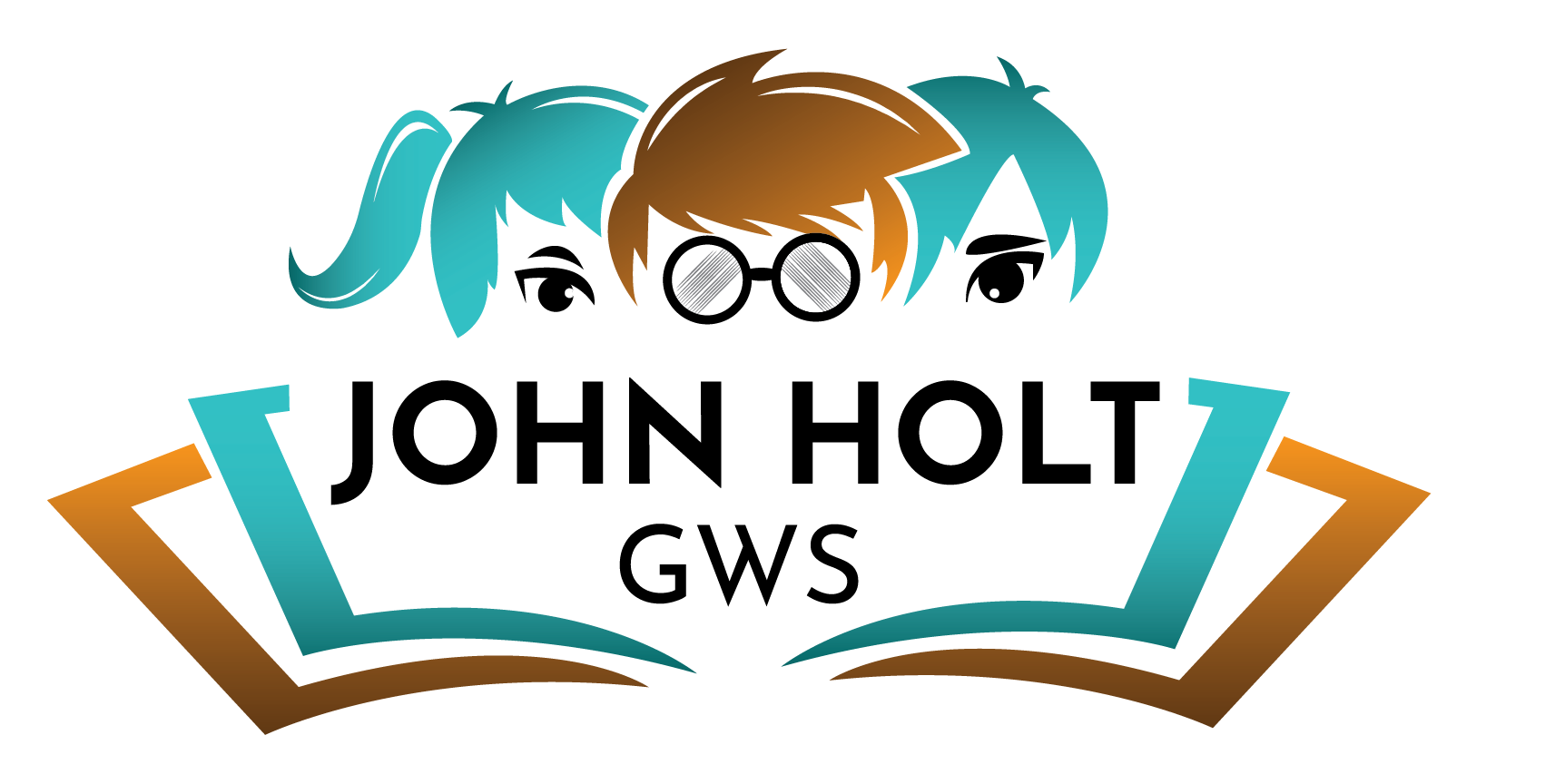Homeschooling Summarized in the Congressional Quarterly Researcher
The Congressional Quarterly Researcher, a publication aimed at government and professional policymakers, as well as students and librarians, is published weekly as “an in-depth, single-topic report featuring more than 12,000 words of text and extensive bibliographies.” The March 7, 2014, issue is a good snapshot of the homeschooling movement in the United States today and it is worth noting for future reference if you need to work with critics of homeschooling. Though there are no surprises in the report, it collects the most recent research and controversies in one location. If you are interested in purchasing the full report visit http://library.cqpress.com/cqresearcher/index.php or ask your local librarian if they can get you a copy.
The lead in the story is how the homeschooling population has doubled in the past fifteen years. A graphic (see below) shows how the number of homeschooled and charter school students increased during this time, with homeschoolers outnumbering charter school students. Since professional education and political associations, and public funding, support most charter schools I’m surprised the number of charter school students isn’t much higher than homeschooling, which relies primarily on word of mouth, private enterprise, and personal contact to spread.
I find it heartening that homeschooling—which John Holt claimed in the 1980s would probably not encompass more than 2 percent of school-age children—is now probably twice as much as Holt’s estimate. The ease of replication and the leveraging of local resources for learning are two elements that keep homeschooling growing and much less expensive than charter schools, for instance. The expense of homeschooling also got covered in this report in a section about how homeschooling is largely done by mothers. I thought Dr. Milton Gaither made a very good point in this section, similar to what Ivan Illich noted in his book Shadow Work:
Even many home-schooling advocates “claim, insultingly, that home schooling only costs a family a few hundred dollars a year,” said Gaither. “Tell that to the women who do it. Homeschooling costs them a lot more than that.”
After outlining the general issues the report looks in depth at three key questions:
- Should governments oversee home schooling more strictly?
- Is home schooling academically superior to public schooling?
- Can home schooling help the public school system?
After presenting the pros and cons on these issues the report describes the history of compulsory schooling and its uneasy relationship with religion. I wish this issue had been explored more broadly, noting how compulsory schooling was also initially challenged by some of the founders of the country and later on the grounds that forcing citizens to attend mandatory instruction is antithetical to the ideals of a democratic society (“How can democracy be learned in a place where it is not practiced?” wrote homeschooler Rita Sherman in the 1920s to her school principal when he asked her why she wanted to homeschool her son).
Those who champion homeschooler’s superior academic performance will be disappointed in some of the data presented in the report:
When the academic achievement of small but random samples of homeschooled students has been evaluated, the scholars say, analyses do not generally back up the claim that home-schooled youngsters far outperform traditionally schooled students.
However, the report also notes studies that show homeschoolers have test scores that are more or less the same as public schoolers’.
The point shouldn’t be that homeschooling should be allowed because it produces far better academic results than conventional schooling, but that homeschooling provides similar results using different modes, people, and means for children to learn with and from.
The report contends that homeschooling’s “steadily increasing numbers have established it firmly in the educational mainstream,” and eventually concludes:
Whether home schools have lessons to teach traditional schools—and whether traditional schools would learn from them—remains in doubt, however. There is also the question of whether and how the home-schooling community will respond to public concerns about abuse or educational neglect.
So the report leaves us pretty much with the same questions we faced as a movement in 1981, when Holt wrote Teach Your Own and urged schools to cooperate and learn with homeschoolers rather than fight them. 33 years later, the schools have become more standardized, more regimented, and less understanding of children’s educational needs for free play, social interaction, and emotional expression, and homeschoolers remain divided on religious and parenting issues. It reminds me of the saying, “The more things change, the more they stay the same.”

